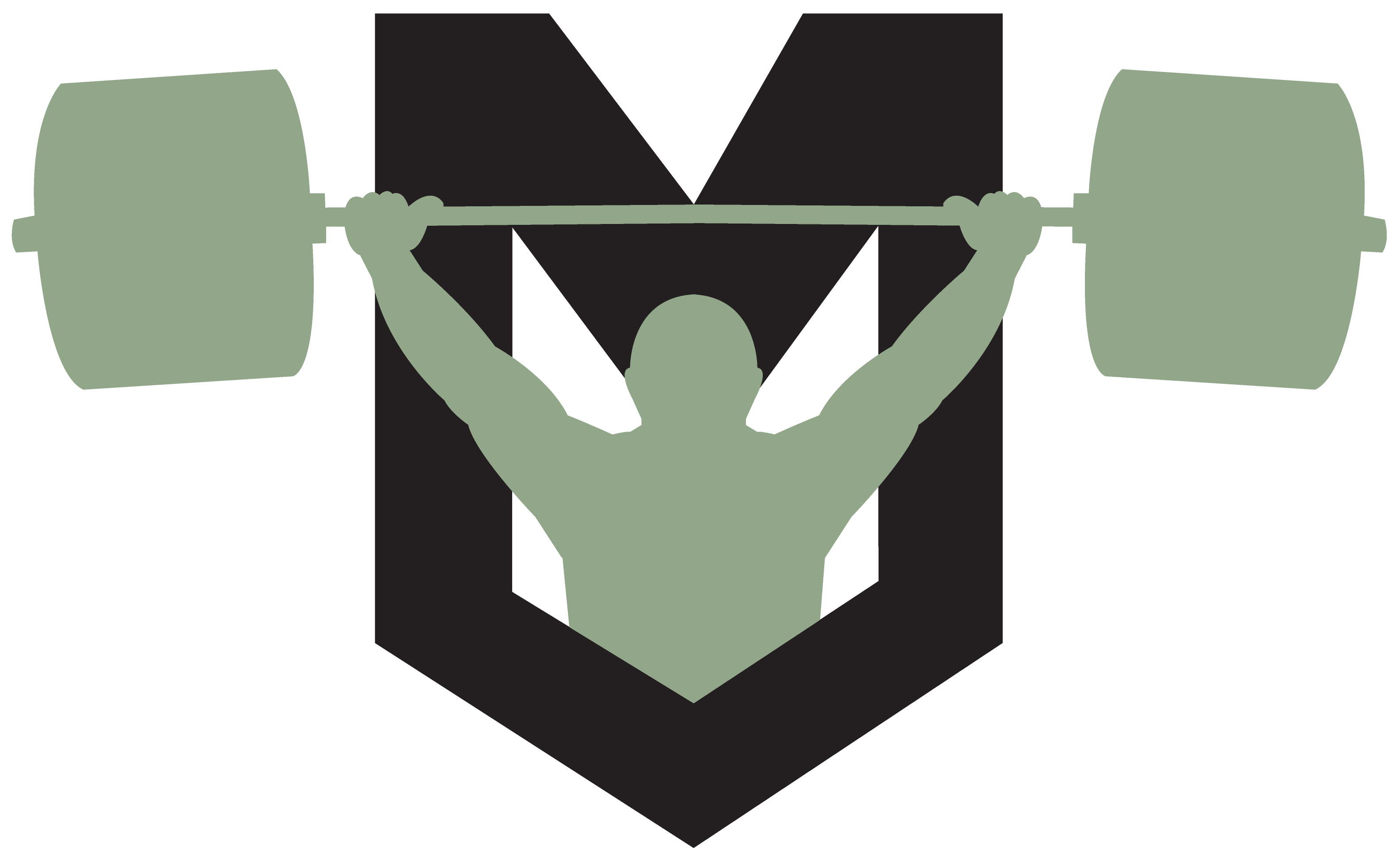Check out the “Mash Squat Every Day” E-Book with 4 twelve week programs for weightlifting, powerlifting, super total, and bodybuilding. Find out more below:
Whether you want to lose weight, gain weight, or get jacked, check out the “Mash Eat What You Want Program” for all of you Nutrition needs. Check it out today at the link below:
==> The Mash Eat What You Want Program
Join Team Mash Mafia for weightlifting, powerlifting, athletic performance, bodybuilding, running, or a hybrid approach. This team is already taking over weightlifting, and I plan on taking over all of the other disciplines one at a time. Check it out below:
Choosing Assistance Exercises
Assistance work or what some people call accessory work is a highly debated topic amongst strength and conditioning coaches. A lot of coaches have their favorite accessory exercises, and they expect their athletes to perform those movements. Then again, some people don’t believe in accessory exercises at all. I don’t agree with either side.
Here’s the deal. We are all designed differently. Some of us have long femurs and short torsos. Some of us have short femurs and long torsos. Some of us are quad dominant, and some of us are posterior chain dominant. The key is identifying an athlete’s strengths and weaknesses, and then prescribing the accessory movements accordingly.
Personally I believe that this very element can be a huge part of the success of any given athlete. There are two reasons that targeting an athlete’s weaknesses can be the piece of the puzzle that creates success. First, if a person has certain weaknesses like a weak pull, that’s an easy fix with the right amount of work. I have watched athletes add 5 kilos to a lift simply from targeting a weak pull. 5 kilos can be the difference between the Olympic Games and sitting at home watching.
The other benefit from targeted accessory work is longevity in the sport. If you are imbalanced within your musculature, you are at higher risk of injury. If you are assymettrical, you are at an even greater risk. Too many coaches simply talk about the exercises that can get the athlete strong right now. Personally I want to identify the exercises that can keep my athletes strong and healthy for the next ten years.
Here’s the thing that most weightlifting and strength and conditioning coaches miss for the most part. They only care about training to perform better right now. A good coach realizes that the athletes that can train the hardest for the longest period of time will eventually turn up on top. Simply put, the ones that can last the longest will eventually win.
Assistance work doesn’t need to last two hours. Choose the movements that will target weaknesses, and those are the movements that you stick with. Assistance work should take 15-30 minutes. I watch too many athletes come out of training looking like a zombie. You guys need to trim the fat. If you don’t need and/or you don’t know why you’re doing something, then get rid of it. It’s that simple.
We should all be able to answer why we are doing something with each and every exercise. Don’t just add movements because Joe Blow told you to add it. If you have weak hamstrings, glutes, and low back, then add goodmornings. If you can do 100 pull-ups and only 10 dips, then add some dips in to your workout. You would also want to drop the pull-ups for a while.
A lot of what to choose is common sense. If your clean deadlift is 200 kilos but your Front Squat is 210 kilos, then you probably want to add in more deadlifts. If your back squat is 250 kilos but your clean is only 170 kilos, then you probably want to add in clean technique assistance work and chill with the squats a bit. Does all of this make sense?
The same goes for powerlifting. If you can deadlift 800lb and only squat 500lb, then you should work on quad development and core stability. If your torso rounds during the back squat, program more carries and correct mobility issues. If your lockout is terrible on the bench press, you might want to add in some direct tricep work. The key is being able to identify those weaknesses especially the ones that aren’t so dramatic.
A program isn’t cool because it crushes your very soul on the daily. A program is cool when it works. Remember:
• Trim the fat from your programs
• If you don’t know why you are doing something, then get rid of it.
• Assistance work should target weaknesses
Hopefully this will be a guide for you when designing your own program, or for analyzing the program you are on. Don’t go out and tell your coach that you are not going to do the assistance work that he has programmed. However, you might have him explain why you are performing it. A good coach will happily answer. A not so smart coach will have a problem with it. It’s up to you how you handle the response.
Happy training!
Remember on September 17th-18th we will be hosting the Mash Barbell Picnic” on the Farm. Weightlifting Day 1 and Powerlifting Day 2, but more importantly hanging out together the entire weekend. Check it out below:

